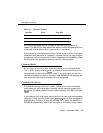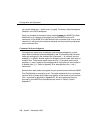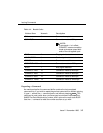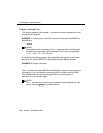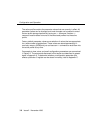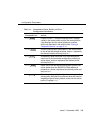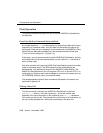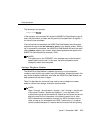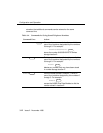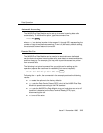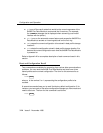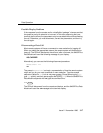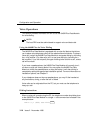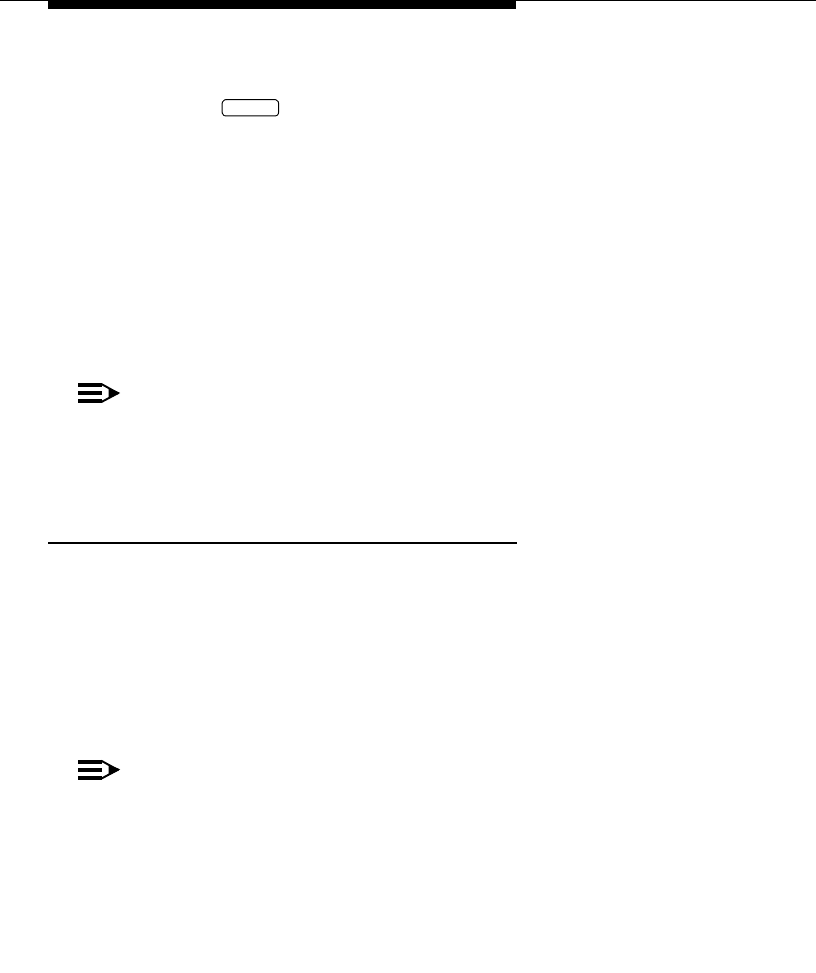
Data Operation
Issue 2 November 1996
3-11
The following is an example:
ATDT74768
In the example, the command will cause the 8400B Plus Data Module to go off
hook, dial the number, and then wait the period of time specified in S-register S7
for the call to be completed.
If the call cannot be completed, the 8400B Plus Data Module may disconnect
and send the result code NO CARRIER or BUSY to your display screen. When a
call is successfully completed, the 8400B Plus Data Module will send the result
code CONNECT nnnn to your screen, where nnnn represents the speed of the
8400B Plus Data Module (for example, 1200).
NOTE:
The speed sent in the CONNECT xxxx message may not be the same
speed used to dial the call. In this case, the terminal speed must be
changed to match the new speed.
Storing a Telephone Number
The 8400B Plus Data Module is capable of storing up to four telephone
numbers, each of which can contain up to 25 characters. Numbers stored in this
way remain available indefinitely, even after the 8400B Plus Data Module has
been powered off and then on again.
Table 3-4 describes the command lines used to store a telephone number,
delete a number from storage, and dial a stored number.
NOTE:
Digits 0 through 9 and all letters a through z and A through Z may be part
of the stored “number.” Spaces and hyphens (-) may be used in the
number when typing the command line. Spaces are not stored and do not
add to the total count of characters in the stored number, but all other
ASCII characters are stored and counted. Any ASCII character may be
used, as long as it is acceptable to the PBX. A semicolon (;) character
cannot be stored because it is used to delimit the end of the string being
ENTER



